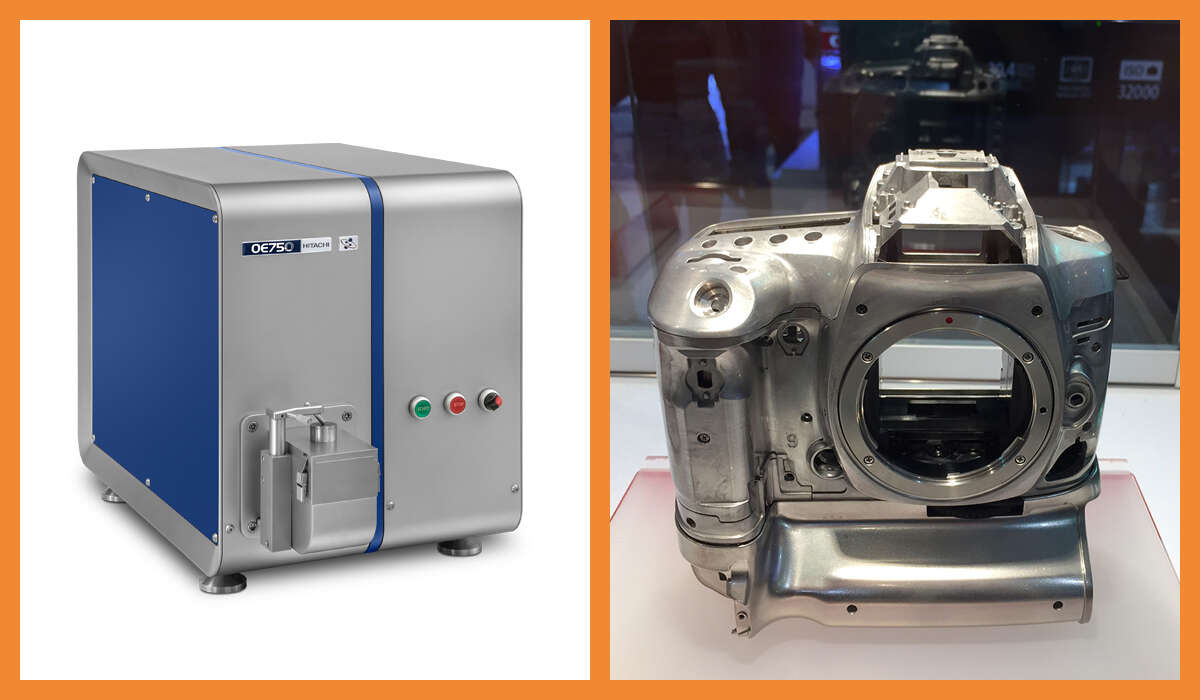Magnesium has a much lower density than many other metals. This makes magnesium alloys an attractive alternative to steel or aluminum alloys, especially in transportation industries, to substitute some conventional structural materials for weight reduction in vehicles such as cars, trucks, trains and aircrafts. Magnesium alloys have been increasingly applied in many fields which depend upon efficient welding technologies. The weldability of most magnesium alloys is good when the proper filler metal is employed. Recently, in electronic housings and in biomaterial applications, use of magnesium has invoked a potential interest.

Application Note: Determination of Magnesium alloys with OE750
Magnesium alloys can be classified into two main categories: cast and wrought alloys. Magnesium alloys are typically used as cast alloys; however, research on wrought alloys has shown tremendous growth during the last decade. Cast magnesium alloys have been extensively used for many industrial applications, namely automotive, electronics, and aerospace.
A good number of alloying elements can be added to magnesium to obtain excellent properties – including high specific strength, castability, damping capacity, and formability. Rare earth elements, such as Ce, Gd, Nd and Y, are often used as major alloying elements in cast magnesium alloys because of their relatively high solubility in Mg and their effectiveness in precipitation hardening and creep resistance. The mechanical properties, especially the yield strength required for many structural components, are not yet at adequate levels in most magnesium alloys without RE elements.
Despite the active nature of the metal, magnesium and its alloys have good resistance to corrosion. The rate of corrosion is slow compared with rusting of mild steel in the same atmosphere. Immersion in saltwater is problematic, but a great improvement in resistance to saltwater corrosion has been achieved, especially for wrought materials, by reducing some impurities, particularly nickel and copper, to very low proportions. In addition, recyclability of magnesium alloys is a growing factor in choice for utilization in automotive industry, since nowadays it's possible to recycle up to 99% of parts and pieces made of magnesium which reduces the costs with transportation, and this is also good for the environment.
The OE750 is designed to meet the requirements of the die casting industry, magnesium alloy processors and recycling industry. It analyses the main components such as Al, Cu and Zn precisely and accurately, and offers low detection limits to control trace elements like iron and nickel. Due to its wide wavelength range the OE750 can determine many important rare earth elements.
Download the application note for more information.